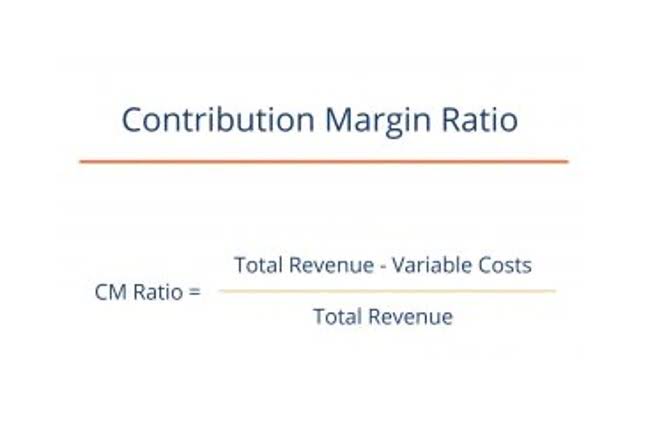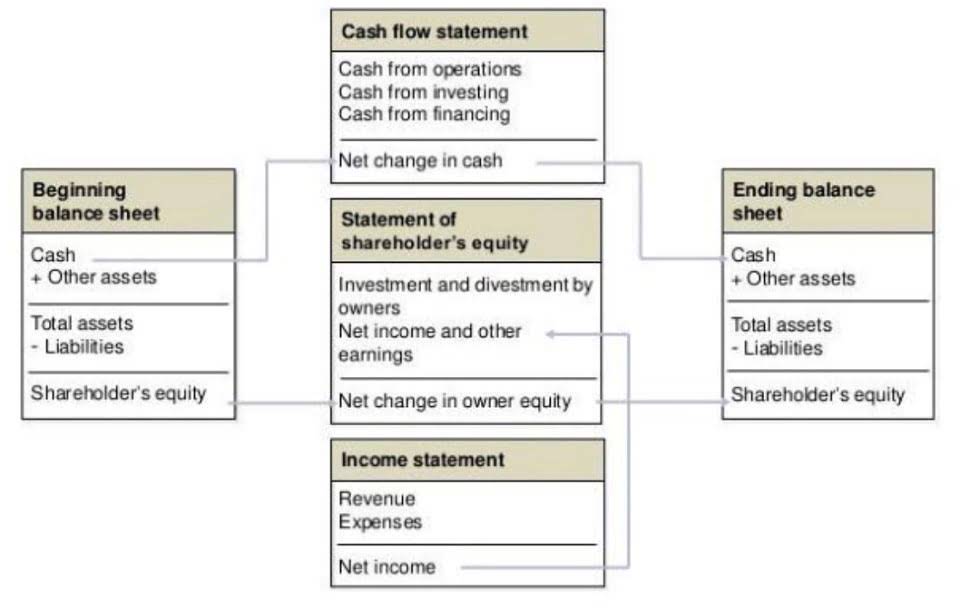
To calculate the contribution margin, we must deduct the variable cost per unit from the price per unit. The contribution margin (CM) is the profit generated once variable costs have been deducted from revenue. Say, your business manufactures 100 units of umbrellas incurring a total variable cost of $500. Accordingly, the Contribution Margin Per Unit of normal balance Umbrella would be as follows.
Income Statement
Other pricing strategies can help you increase sales revenue as well, such as tiered pricing models. The contribution margin is different from gross margin (or gross profit margin when expressed as a percentage), which is the difference between total revenue and the cost of goods sold (COGS). The product revenue and number of products sold can be divided to determine the selling price per unit, which is $50.00 per product. In 2022, the product generated $1 billion in revenue, with 20 million units sold, alongside $400 million in variable costs. The resulting ratio compares the contribution margin per unit to the selling price of each unit to understand the specific costs of a particular product. The Contribution Margin Ratio is the product revenue remaining after deducting all variable costs, expressed on a per-unit basis.

Results Generated
- Then, in order to profit, you may find that you need to raise prices to cover variable costs, or reduce costs to increase your contribution margin.
- The formula to calculate the contribution margin is equal to revenue minus variable costs.
- However, they will play an important part in calculating the net income formula.
- Similarly, we can then calculate the variable cost per unit by dividing the total variable costs by the number of products sold.
- Also, it is important to calculate the contribution margin to know the price at which you need to sell your goods and services to earn profits.
Contribution margin ratio is a calculation of how much revenue your business generates from selling its products or services, once the variable costs involved in producing and delivering them are paid. This can be a valuable tool for understanding Retail Accounting how to price your products to ensure your business can pay its fixed costs, such as salaries and office rent, and still generate a profit. As mentioned above, the contribution margin is nothing but the sales revenue minus total variable costs.

Contribution Margin Income Statement
We’ll start with a simplified profit and loss statement for Company A. Suppose you’re tasked with calculating the contribution margin ratio of a company’s product. Doing this break-even analysis helps FP&A (financial planning & analysis) teams determine the appropriate sale price for a product, the profitability of a product, and the budget allocation for each project. The contribution margin is not necessarily a good indication of economic benefit. Companies may have significant fixed costs that need to be factored in.
Contribution Margin Ratio: Formula, Definition, and Examples
The contribution margin ratio is a valuable tool for developing pricing strategies. By identifying the portion of revenue exceeding variable costs, businesses can set prices that maximize profitability while staying competitive. This ratio helps determine the minimum price necessary to maintain financial viability, providing a buffer for unexpected costs or market shifts. With a contribution margin of $200,000, the company is making enough money to cover its fixed costs of $160,000, with $40,000 left over in profit. To convert the contribution margin into the contribution margin ratio, we’ll divide the contribution margin by the sales revenue.
- Thus, it will help you to evaluate your past performance and forecast your future profitability.
- Your break-even point is the amount at which sales revenue covers fixed and variable costs.
- If total sales revenue is $1,000, the contribution margin ratio is 40% ($400 contribution margin / $1,000 sales revenue).
- However, this implies that a company has zero variable costs, which is not realistic for most industries.
- Should the product be viewed as more of a “loss leader” or a “marketing” expense?
- In other words, contribution margin per unit is the amount of money that each unit of your product generates to pay for the fixed cost.

For example, analysts can calculate the margin per unit sold and use forecast estimates for the upcoming year contribution margin ratio is equal to to calculate the forecasted profit of the company. If you can identify products or services with higher CMRs, then you can allocate resources toward their growth. As they come to occupy a larger share of your revenue, your overall CMR should rise. Explore whether automation or process improvements can reduce variable costs without compromising quality. You may also be able to reduce costs by consolidating vendors or re-negotiating contracts with suppliers.



